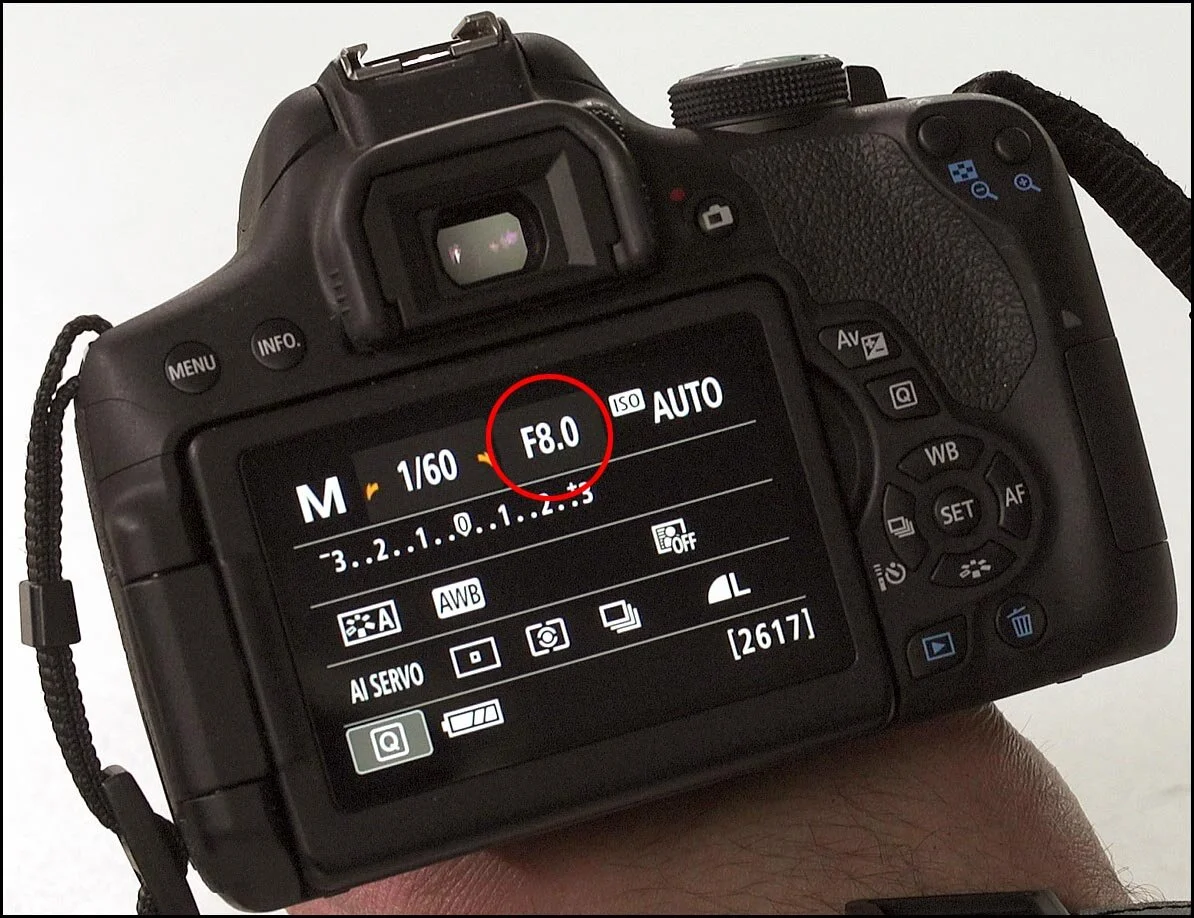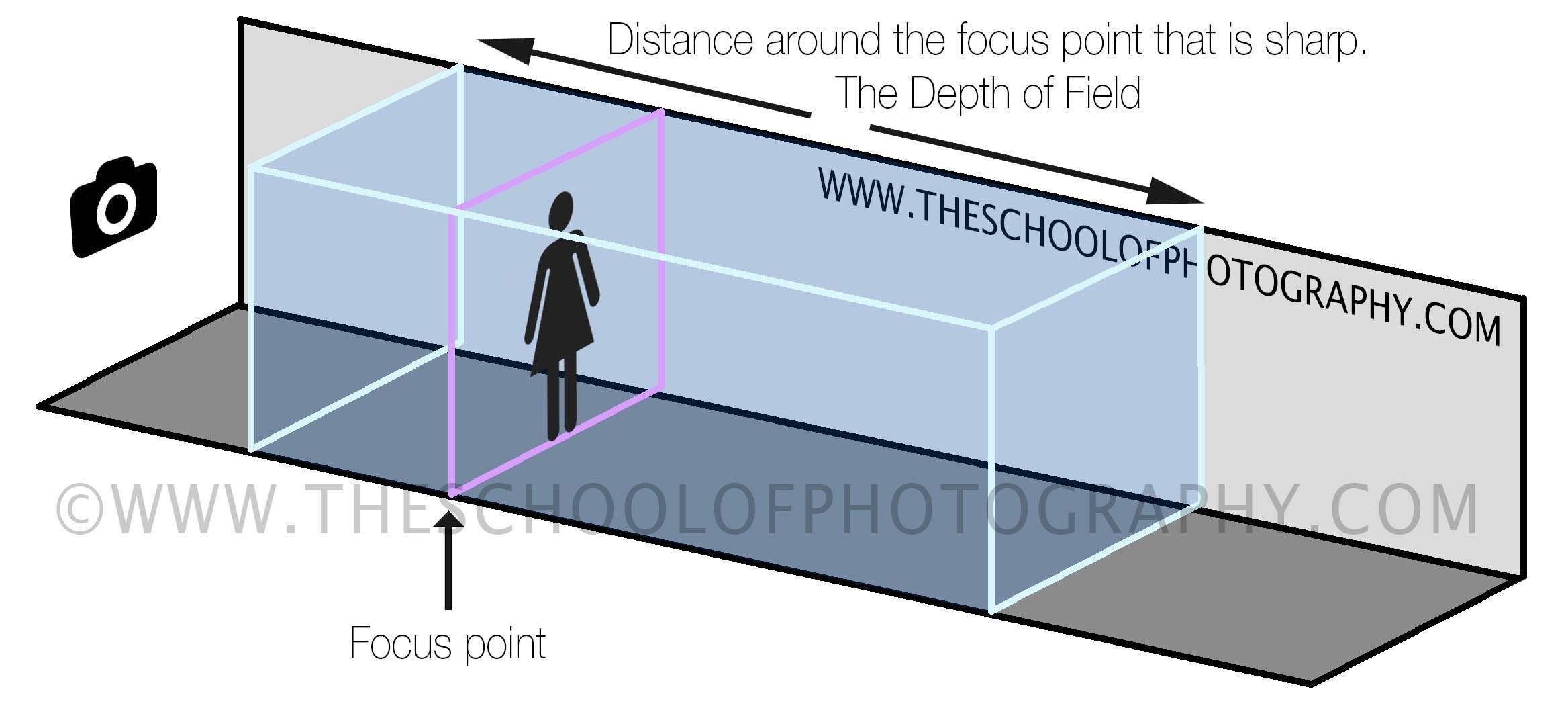What is aperture in photography?
What is aperture in photography? What is an f-stop? What effects do they create? How do I get a blurry background? Loads of confusion here, but fear not my photography friends, we’ll have it explained in no time! You’ll not only learn what an aperture is in photography but more importantly, I’ll show you how to use apertures to control visual effects.
Plus, you can download a guide to apertures, f-stops and depth of field which also gives you a task to ensure you’ll be able to control this complex part of photography now and forevermore. Find the guide below.
Timestamps: 00:50 What is an Aperture? | 01:32 Why the F? | 02:03 Aperture Sequences 03:55 | f-stops Explained | 05:00 Apertures & Depth of Field | 06:08 Apertures Task
What is aperture in Photography?
Apertures are an essential part of image taking, but what exactly is it? Let’s keep this part simple.
An aperture is basically a hole inside the camera lens that gets bigger and smaller to let in less or more light. Just like the pupil in your eye, the bigger the hole the more light is let in and the smaller the hole the less light is let in.
There’s the quick answer, below is how to use the aperture to control a visual effect.
Aperture in a camera lens
Get access to ALL our online courses - 1000’s of videos, worksheets, critiques of students work, personalised support and much more with our monthly membership.
The Aperture Sequence
Below is a typical aperture sequence found on cameras. Note how as the hole gets smaller, the aperture number gets bigger. This is the first confusing thing to get used to and the easiest way to remember is to just think in opposites. The larger the hole (aperture), the smaller the number and vice versa. NB. Wider apertures such as f/2 and f/2.8 will normally only be found on more expensive zoom lenses or prime lenses. To learn more about lenses in photography, click here.
Typical aperture sequence found on cameras.
Why the f?
Apertures are identified with the letter f in front of them, e.g., f/8. The f stands for ‘Focal Ratio’. So, when you’re looking at the back of the camera and there loads of confusing numbers showing, just remember the one with the letter f in front is your aperture. NB. Not all camera brands show the letter f in front of the aperture number, if this is the case refer to your camera’s manual to where the aperture settings are shown.
Aperture setting on back of camera
Understanding Apertures and F Stops
What is aperture in photography? Stops in photography is a whole new and complex subject and if you want to learn about this more in-depth click here. But to put it in a nutshell a stop in photography is halving or doubling the amount of light. Going one-stop down is halving the amount of light, going one stop up is doubling the amount of light.
Aperture relation to light
Apertures in stops
As you can see from the images above, when you go from one aperture to the next you move up or down one stop meaning you either half or double the amount of light. The f-stop is quite simply the f number you’re at i.e., if your camera is set to f/8 then your currently set to the f-stop of f/8.
Now just to confuse you more…. modern cameras have even more numbers in between the apertures shown above. These are called third of stops, please see the image below.
Apertures with 1/3 increments
These are added to make your exposure to light more accurate but my strong advice here is to ignore these third of stops and just learn the main aperture numbers as shown in the sequence above. If your photo’s exposure is one-third of a stop out, it’s not going to make much difference and in all my years using cameras, I have never once used a third of a f-stop when working in the manual modes. To learn more about working in manual and controlling exposure, click here.
What is Aperture in photography and Depth of Field
An aperture in photography also controls a visual effect called ‘depth of field’. Depth of Field or DOF is the distance around the focus point that is sharp.
Depth of Field in Photography. The purple line is the focus point, and the blue box is the distance around that focus point that is sharp. This is the image’s Depth of Field
Knowing how to control DOF with apertures will help you create portraits with a blurry background, this is a visual effect called ‘shallow depth of field’, or it will help you create landscapes with everything sharp from the foreground to the background, this is a visual called a ‘long depth of field’. See examples below.
Portrait using a wide aperture
Landscape using a small aperture
The wider the aperture the shorter the depth of field will be in your photograph (less ‘distance’ will be sharp). Referred to as a ‘Shallow Depth of Field’.
The smaller the aperture the longer the depth of field will be in your photograph (more ‘distance’ will be sharp). Referred to as a ‘long Depth of Field’.
DOF being affected by the aperture. A larger aperture, f/2.8 give less depth of field. A smaller aperture f/16 give a longer depth of field
As you can see in this illustration a wide aperture of f/2.8 will give a shallow DOF, whereas a small aperture such as f/16 will create a long DOF.
Examples of Controlling DOF with Apertures
Below you can see several pictures of the same subject (a brick wall), taken in the same place with the same focus point. But the depth of field changes between the shots due to the different aperture setting.
f/4 - 1/250 Second - ISO 100
f/5.6 - 1/125 Second - ISO 100
f/8 - 1/60 Second- ISO 100
f/11 - 1/30 Second - ISO 100
f/16 - 1/15 Second - ISO 100
f/22 -1/8 Second - ISO 100
Just by changing the aperture setting on your camera you can control the depth of field of the image.
Learn what is aperture in photography by putting it into practice!
Reading and watching is one thing but putting it into practice is what will make you retain the knowledge. As with all our courses, you are set tasks to push your knowledge forward quickly and here is no different. Don’t forget you can also download our guide to apertures, f stops and depth of field including the following task so you can put it in your bag and take it wherever you go! Grab this at the bottom of the page.
Task
Put your camera onto a tripod and put it onto its 2 seconds timer or use a remote trigger. This will keep your camera nice and still during the exposures.
Put your camera to its AV or A setting. This is your Aperture Priority setting.
Put your ISO on Auto.
Then place your camera at a tight angle next to a wall, fence or something with a lot of distance. It works best having a repeating pattern like a brick wall or a fence but it’s not essential. See the image below for an example.
Make sure your focus point is in the same place for each of the shots.
Then take several pictures going through the aperture stops as in the sequence above. Don’t worry if you don’t have all the numbers in that sequence, just use the ones you have.
Compare the shots on a computer screen to see the difference in the depth of field.
Voila – you’ve just controlled DOF in photography using apertures! To learn how to use your camera properly, click here.
Camera set up for your aperture task
Summary
What is aperture in photography? In its simplest term, an aperture is a hole in the camera lens that gets bigger or smaller to let in more or less light. Apertures are identified with the letter f in front of them and these are also known as your f-stop, e.g., f/8.
Apertures are also one element of photography that controls a visual effect called depth of field. DOF in photography is how much of the image is sharp. Wide apertures such as f/2.8 will produce a shallow depth of field, this generally suits portraiture, and a small aperture such as f/16 will produce a long DOF and this generally suits a landscape picture.
Like this? - Check out free tutorials below
I hope you liked this tutorial on what is aperture in photography, if you did, please leave us a comment and support us by sharing it with your friends and subscribe to our newsletter at the bottom of this page for more.
We also have an excellent learning community on social media so please join us there as well.
Thanks for watching and remember – Learn more at The School of Photography.




















